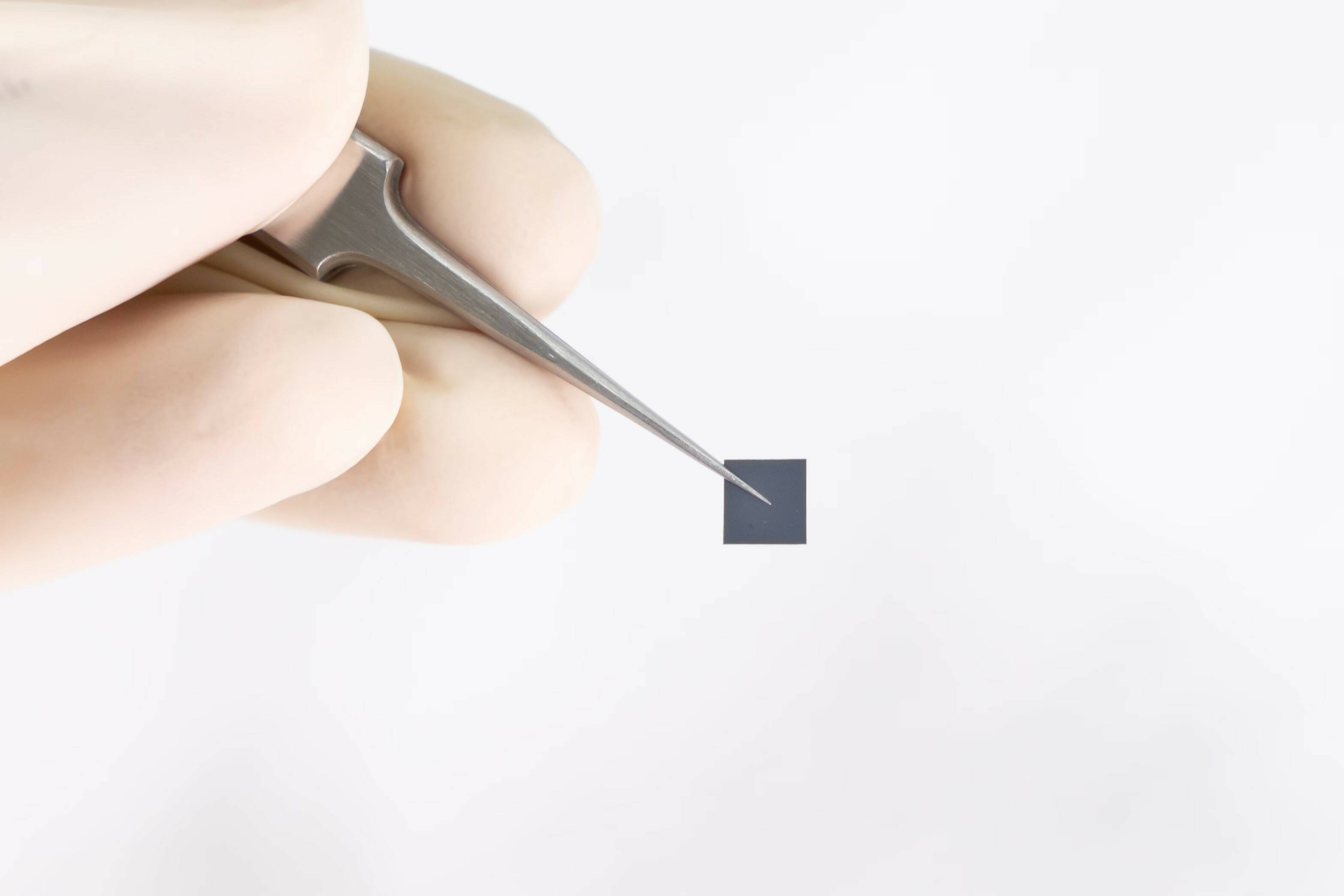Japan’s TDK Corporation claims its new solid-state battery design has a hundred times the energy density of its previous products.
The battery, which falls under TDK’s CeraCharge lineup, has an energy density of 1,000 watt-hours per liter, the veteran tech corp claimed. That’s apparently thanks to a newly developed material made out of an oxide-based solid electrolyte – claimed to be “extremely safe” – and lithium alloy anodes, TDK says. It also notes that its batteries are rechargeable, as is the norm these days.
Although high-capacity batteries are in great demand for vehicles, datacenters, and other power-hungry applications, TDK says its new CeraCharge batteries are intended to be a replacement for button cell or coin models. It predicts its next-generation battery will be used in wearables such as wireless earphones, hearing aids, and smartwatches.
The Register couldn’t easily find any watt-hour per liter specifications for button cells; we’ve asked TDK for clarification on this point.
Indeed, judging by the single image TDK has issued of the battery, it seems to be incredibly small, and even if it has massively improved energy density, let’s just say one on its own probably wouldn’t be enough to power a full-blown smartphone or laptop.
However, the button cell type battery is due for a replacement, especially since they’re not always rechargeable, and those that are may not have as much capacity as the disposable models. For that reason, TDK claims its newer CeraCharge batteries satisfy EU regulations and can reduce pollution.
However, the business giant might have a long-term vision for more than just replacing coin batteries. “TDK aims to enhance the capacity of the batteries through multi-layer lamination technology and expand its operating temperature range by applying the production engineering technology TDK has accumulated in the electronic components business,” it says.
That may imply larger batteries for electronics and even cars or other applications could be in the technology’s future. Many companies have already made progress on batteries for electric vehicles, such as Samsung and its anode-free all solid-state battery that clocks in at 900 watt-hours per liter, just under TDK’s upcoming CeraCharge model. Samsung is slated to get its battery out the door in 2029, if everything goes according to plan. ®


